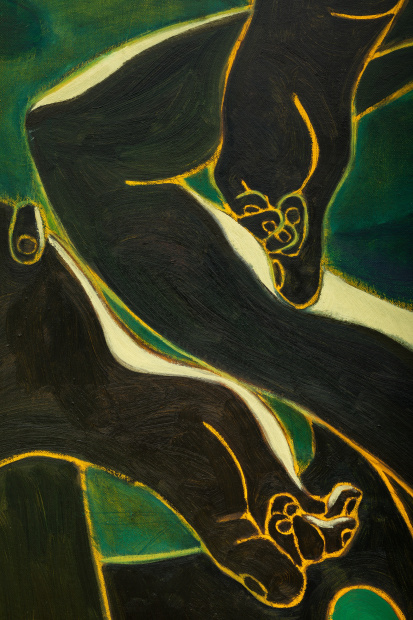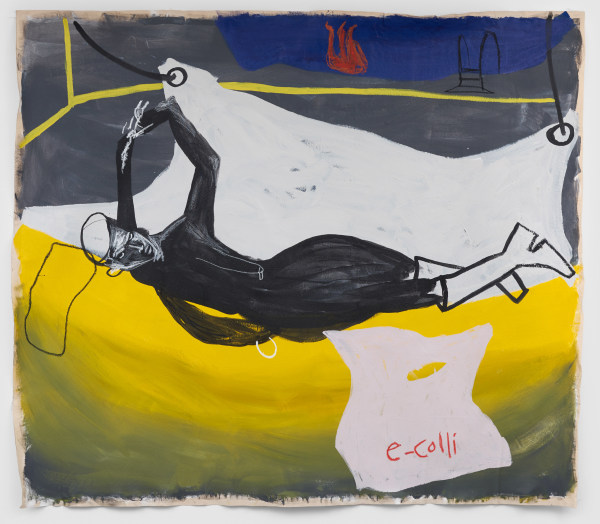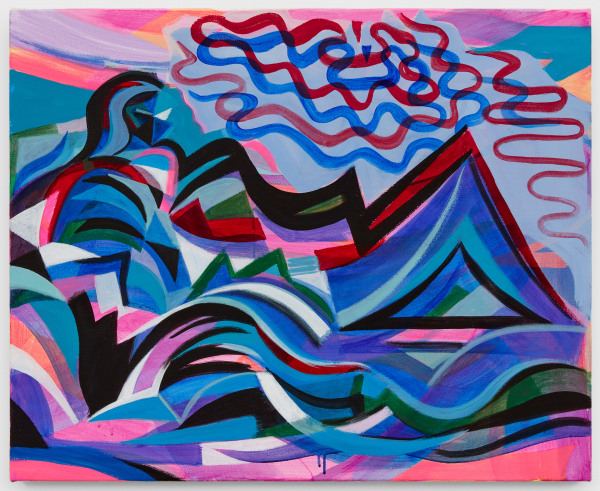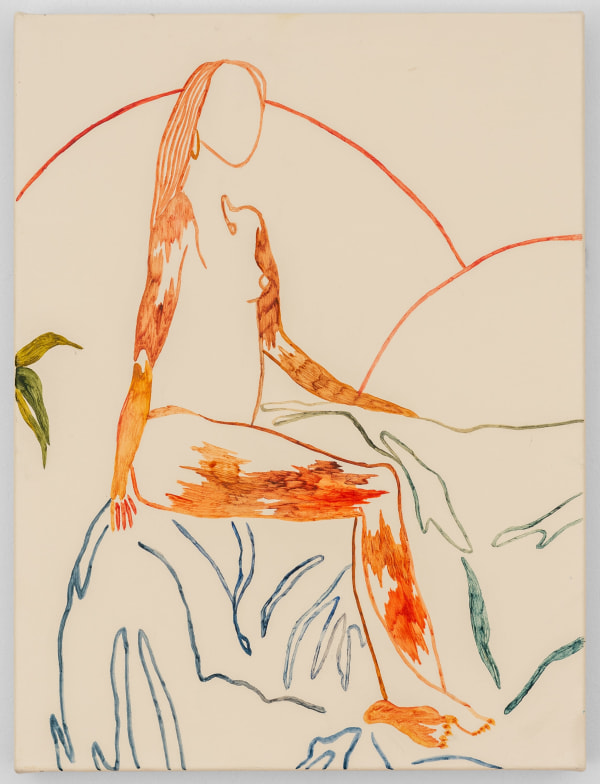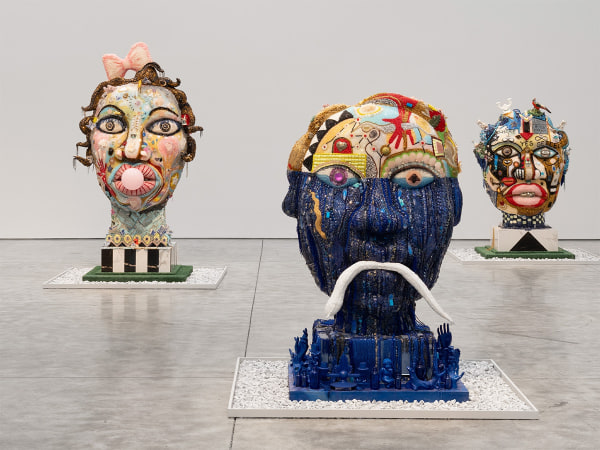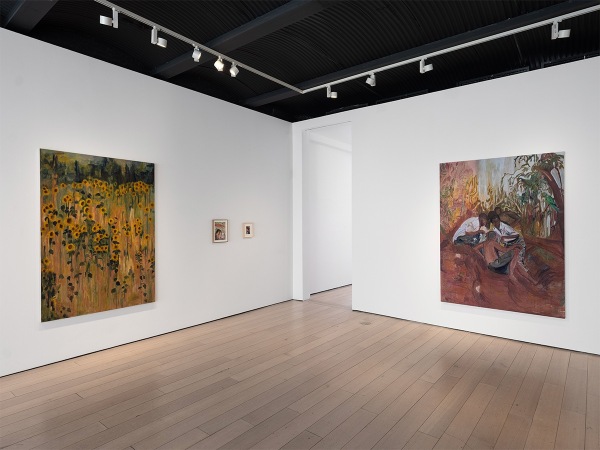Somatic Markings
Past exhibition
-
-
Somatic Markings features seven international artists that employ the nude figure to grapple with issues of contemporary corporeal politics. Incorporating feminist, queer, and postcolonial methodologies that are constitutive of the artists’ personal histories, these works disassemble notions of the traditional nude, transforming the figure into a medium for nuanced discussions that develop on and beyond issues of identity or the reclamation of the gaze. Rendered in vivid hues that blur the line between figuration and abstraction, the exhibited works respond formally with a rejection of the binaries that underscore the logical fallacies of many forms of oppression. On view at 297 Tenth Avenue from November 3 through December 23, the exhibition includes work by Shadi Al-Atallah, Mira Dancy, Miranda Forrester, Elizabeth Glaessner, Anya Kielar, Katherina Olschbaur, and Mark Yang.
-
The exhibition draws on the text The Brain’s Body: Neuroscience and Corporeal Politics by Victoria Pitts-Taylor. The author’s theory of complex embodiment sees “the body and its representations as mutually transformative. Social representations obviously affect the experience of the body […] but the body possesses the ability to determine its social representations as well.” The exhibition explores such evolving paradigms regarding our relationship to our undeniable physicality, developing on feminist and queer theories that have focused on the uses of the nude in social terms. The paintings included in Somatic Markings rework various art historical conventions—including classical examples of idealized physicality, fauvist color palettes, prehistoric fetishistic talismans, and cubist disassembly—with each artist’s personal mythology to present a neoteric vision of the future.
-
-
Together, the works typify each artist’s role as a mirror or medium through which a complex and influential triangulation of mind, body, and society can be expressed. The painters included in the exhibition enact profound explorations of the brain-body connection that call on their personal experiences in multiple ways, touching on experiences of illness, gender, and sexuality. More broadly, unpacking the manner in which physical presentation affects our experience in society, the works combine analysis of the body politic with that of the role of the individual body in an increasingly nationalistic political landscape.
-
-
-
Through painting, the body enacts a cathartic mechanism for psychological healing that occurs outside of binaries. Emphasizing themes of embodiment, performativity, transformation, agency, and freedom, Somatic Markings acts as a forum for contemporary discourse and proposes that the inherently relational experience of our bodies can become analogous to the act of making itself—painting as an embodied performance.
-
Works
-
Explore
-

vanessa german: GUMBALL—there is absolutely no space between body and soul
April 3 – May 10, 2025 509 West 27th Street, New York, 514 West 28th Street, New YorkKasmin presents its second solo exhibition of new work by artist vanessa german, which debuts related bodies of sculpture across two of the gallery’s spaces in New York. The exhibition deepens german’s singular approach to sculpture as a spiritual practice with the power to transform lived experience. Both series comprise mineral crystals, beads, porcelain, wood, paint and the energy that these objects bring to life to form monumental heads and figures in the act of falling. Together, each body of work envisions the transformation of consciousness necessary to imagine a new world. -

Helena Foster: Time Honoured
April 3 – May 3, 2025 297 Tenth Avenue, New YorkThe first New York solo exhibition of London-based painter Helena Foster features new oil paintings on linen, paper, and vellum that express the artist’s lyrical approach to painting as an accumulation of cultural and generational wisdom. Foster draws freely from literature, theater, film, Igbo oral tradition, and religion, achieving a dreamlike aura of mystery in dynamic compositions ambiguously set between thick vegetation and the built environment.
-





